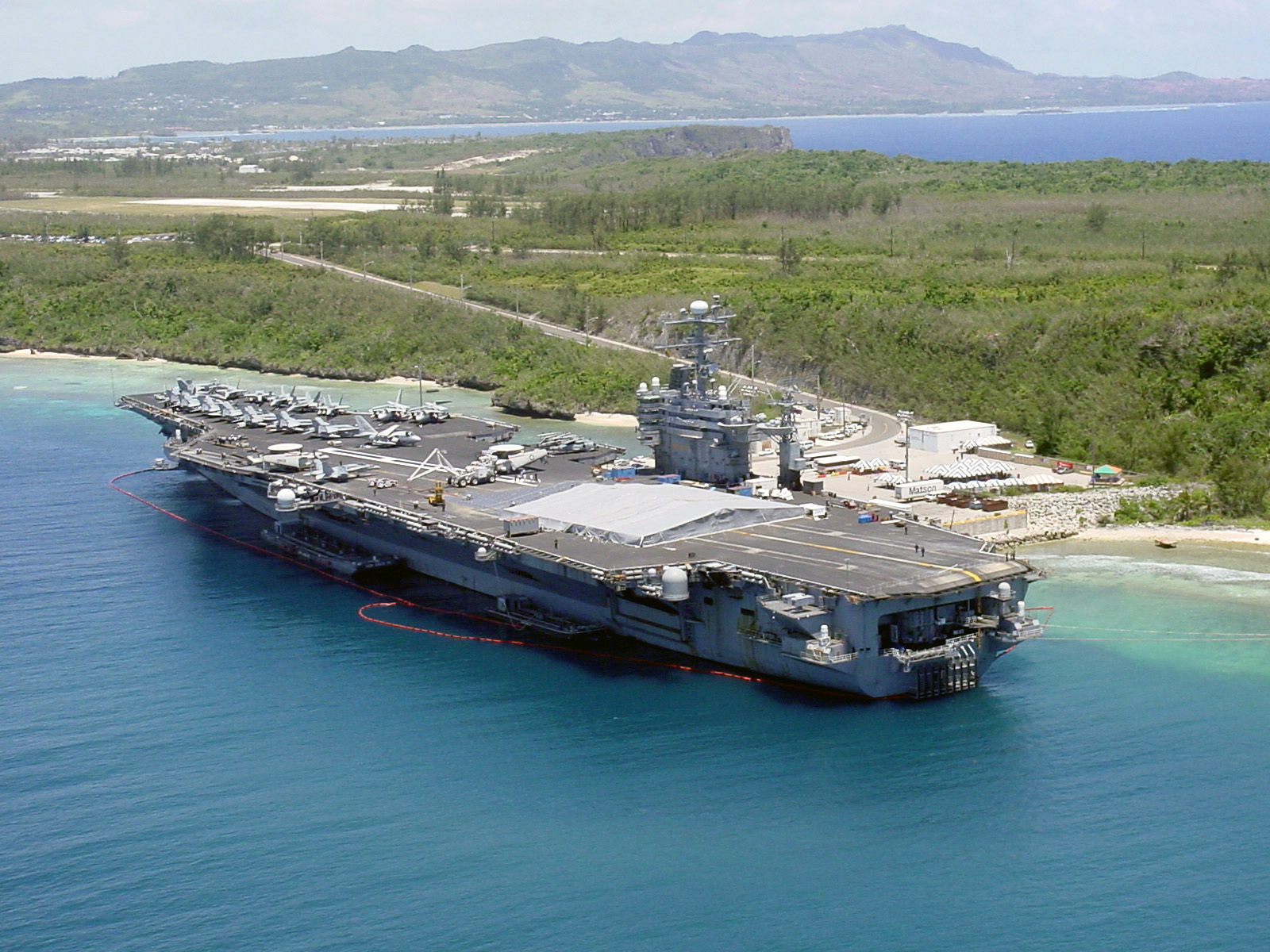
A top American admiral wants the US Navy's powerful Third Fleet to expand its engagement in the western Pacific region from its headquarters in San Diego.
And they must be operating more closely with the navy's Japan-based Seventh Fleet to focus on areas with the “greatest instability”.
In two recent speeches that received little media attention, US Pacific Fleet commander Admiral Scott Swift questioned the need for an administrative boundary running along the International Date Line to demarcate operations for the Seventh Fleet in the western Pacific and the Third Fleet to the east.
In an early sign of a shift in strategy, US naval officials said Third Fleet commander Vice-Admiral Nora Tyson rather than her Seventh Fleet counterpart would represent the US Navy at the Japan Fleet Review on October 18, a display of Japanese naval power held every three years.
“I would not be surprised to see more of Vice-Admiral Tyson operating forward as part of this concept development process,” Swift said in a speech on September 7 during a visit to the Seventh Fleet headquarters in Yokosuka, Japan.
Any change would not mean the relocation of headquarters or home ports, but would allow the two fleets to work together in “areas with the greatest instability”, Swift said.
His remarks coincide with growing tension over China's territorial ambitions in Asia's disputed waters, especially in the South China Sea, where Beijing is building seven artificial islands that include three airstrips.
A US Pacific Fleet naval official said the idea was to scrap the administrative boundary but that it was at the conceptual stage.
He said the plan revolved around the Third Fleet “operating forward”, which is naval terminology for conducting patrols and missions in distant theatres.
It would formalise and expand the Third Fleet's role in the Western Pacific from a command and control perspective, said the official.
“We're not sure how often or when that would manifest at this point,” he added.
When operating west of the International Date Line the Third Fleet's vessels have typically come under Seventh Fleet command, US naval officials said.
They said closer integration between the two fleets was separate from US President Barack Obama's “pivot” to Asia, which will see 60 per cent of the US Navy's assets deployed in the Pacific region by 2020.
One Asia security expert, Mira Rapp-Hooper at the Centre for a New American Security in Washington, cautioned against reading too much into the move.
“The Third Fleet may become more present symbolically in the Asia-Pacific, but I am not sure that this has major strategic implications, say for the US-Japan relationship … at least based on what I understand thus far,” she said.
The US and its allies in Asia, including Japan, have called on Beijing to halt construction on its man-made islands in the Spratly archipelago.
Almost a third of global trade goes through the region, including two-thirds of the world's oil shipments.
China has repeatedly stressed it has “indisputable sovereignty” over the Spratlys, saying that the islands would be used for civilian and undefined military purposes.
Japan is also at loggerheads with China over a number of uninhabited islands in the East China Sea.
The Seventh Fleet has America's only forward-deployed aircraft-carrier strike group along with 80 other vessels, 140 aircraft and 40,000 sailors.
The Third Fleet has more than 100 vessels, including four aircraft carriers.
Swift's drive to integrate their operations comes as Japan pulls back from seven decades of state pacifism with the passage this month of legislation that will allow its navy to work more closely with its US counterpart.
A key feature of the new laws is an end to a ban on exercising the right of collective self-defence, or defending the United States or another friendly country that comes under attack in cases where Japan faces a “threat to its survival”.
